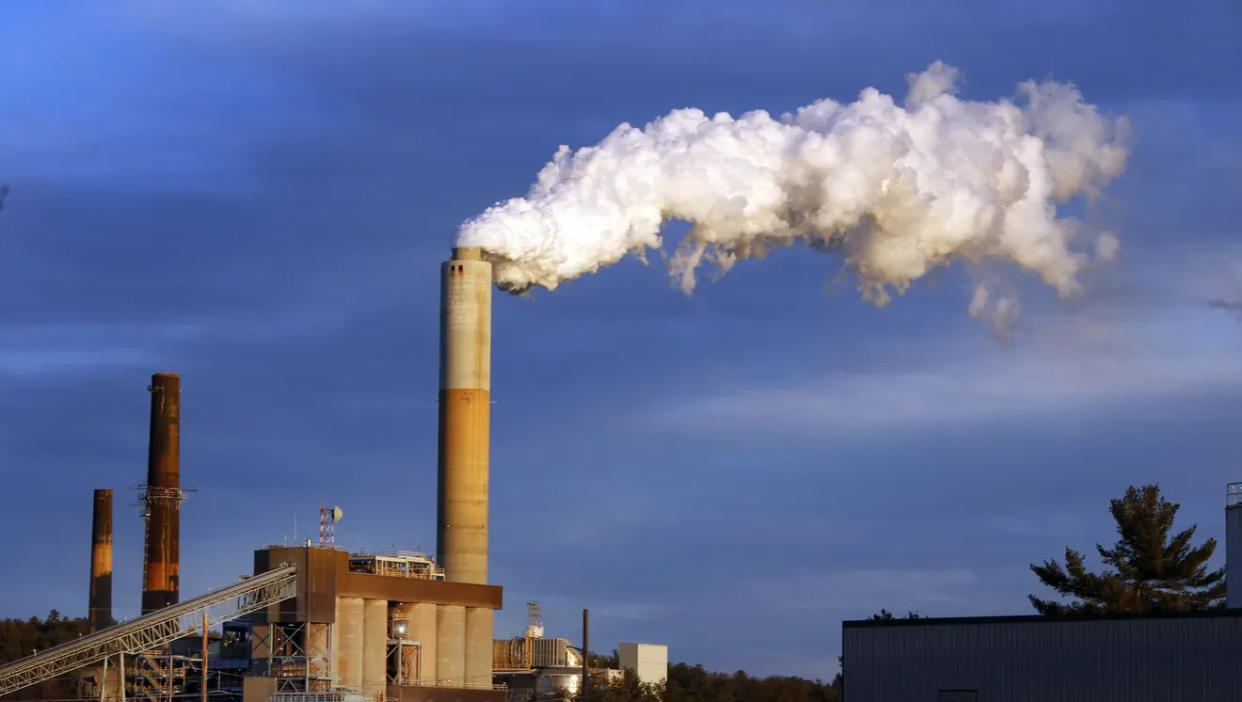Monday's letters: Burning fossil fuels leads to greenhouse effect and warmer weather

'Why is it so hot?' Fossil fuels
“WHY IS IT SO HOT? Meteorologist breaks down the cause of Sarasota heat”: This was the headline in the Herald-Tribune on Aug. 10.Unfortunately, the Herald-Tribune did not answer the question accurately. Blaming the hot weather on high pressure, humidity, eastward winds and lack of rain is simply listing more “effects” of the problem and not getting at the real “cause.”
More: Sarasota breaks historic heat record for the month of July.
More: How to send a letter to the editor
More correctly, the cause of our hot weather is the continued burning of fossil fuels (coal, oil and natural gas), which increases carbon dioxide in the atmosphere. Carbon dioxide traps heat from the sun in what is called the greenhouse effect.
The more carbon dioxide in the atmosphere, the greater the greenhouse effect and the warmer it will get. The only solution is to reduce use of fossil fuel.Until we realize we are causing our hot weather by continuing to burn fossil fuels, things will only get worse.
Articles like the one in the Herald-Tribune only exacerbate the problem. This is because we are in serious trouble and pointing a finger in the wrong direction does the public a grave disservice.James Frazier, Bradenton
Good Samaritans keep coming to the rescue
I am legally blind and live in South Sarasota. On a recent scorching summer day, one of my driving friends was helping me with errands and her car started acting up. We thought we were out of gas.
Her car broke down three times in an hour. Each time, a good Samaritan appeared and helped us.
The first time, when we pulled into Costco, the car stalled just before the gas pumps. A kind woman behind us paid for our gas with her credit card and would not accept the cash we tried to give her.
After we pulled away, the car stalled again in the lot. A gentleman used his jumper cables and restarted the car.
At the traffic light, we stalled again and a sweet couple jump-started our car, gave us water bottles and even offered to follow us home.
Later, the problem turned out to be the alternator.
There was so much kindness shown to us that day, and we are so grateful to everyone who helped us. Each person refused any money we offered.
These individuals have totally restored our faith that there are many caring people willing to help out strangers. God bless you all.
Terry Kenney, Sarasota
Look to trucking for economic indicators
After 30 years as an owner and executive in a trucking business – actually as an “asset-based logistics provider” for retailers and manufacturers − I had a unique perspective on the state of the economy.
While “recessions” as determined by economists were backward-looking statistics, freight volumes are real time and real world. Running distribution operations, handling merchandise in advance of seasonal needs, our slant on the economy was forward looking.
Thus, it was of great interest when Yellow Freight Lines, one of the biggest less-than-truckload freight carriers in the country, filed for bankruptcy.
In the financial quarter before the filing, Yellow posted more than $1.1 billion in freight revenue, (down from $1.4B, YOY) and employed over 30,000 people. Yellow proposed to the Teamsters union a suspension or reduction of contributions to health and pension funds.
The union refused and threatened a strike July 17. On that Monday when the threat was made, according to Chapter 11 filings, Yellow handled more than 40,000 daily shipments. By Friday, that number had dropped to zero.
A sad story, but here’s the real takeaway: more than 40,000 daily shipments had been diverted from a giant LTL carrier in less than a week – without a whisper of economic impact to the country.
No supply chain shortages, no manufacturing slowdown, no mass layoffs due to shortage of products. In a matter of days, an infrastructure system handling 40,000 shipments daily had been absorbed by competitors.
That alone is more telling than the myriad of economic indicators the Fed looks at daily.
Lee Hoffman, Lakewood Ranch
This article originally appeared on Sarasota Herald-Tribune: Is it getting hotter? Point the finger at fossil fuels

